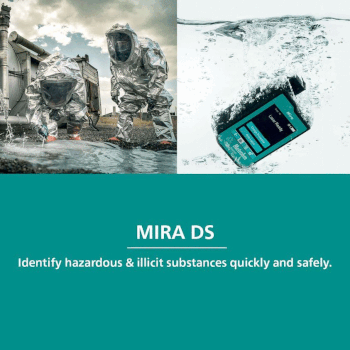Plant Phenolic Compounds in Allelopathy
Abstract
Applications and importance of bioassays for controlling of biological activity of phenolic compounds, effect of soil and biotic factors for understanding these effects and interactions of phenolic substances in ecosystems are discussed. New extraction techniques, i.e. solid phase extraction (SPE) and supercritical fluid extraction (SFE) for isolation of phenolic substances are described in comparison with classical techniques. Application of tandem (hyphenated) techniques, such as LC/MS, LC/MS/MS, CE/MS and LC/NMR in combination with classical separation HPLC/UV-VIS and CE/UV/VIS techniques allows exact identification of natural substances and gives detailed information on structure of these biologically active substances. An enormous interest in studies of basic characteristics, physico-chemical properties and physiological activities of phytochemicals increases mainly because of their. potential application as natural, nontoxic pesticides and growth regulators, as natural phytopharmaceutics (cancerostatics, antipyretics etc.) and in other branches. Natural phenols also play an important role in pharmacology, medicine, animal feeding and in the environment by their chemical effects.Downloads
Published
1999-05-15
How to Cite
Klejdus, B., & Kuban, V. (1999). Plant Phenolic Compounds in Allelopathy. Chemické Listy, 93(4). Retrieved from http://www-.chemicke-listy.cz/ojs3/index.php/chemicke-listy/article/view/2626
Issue
Section
Articles




